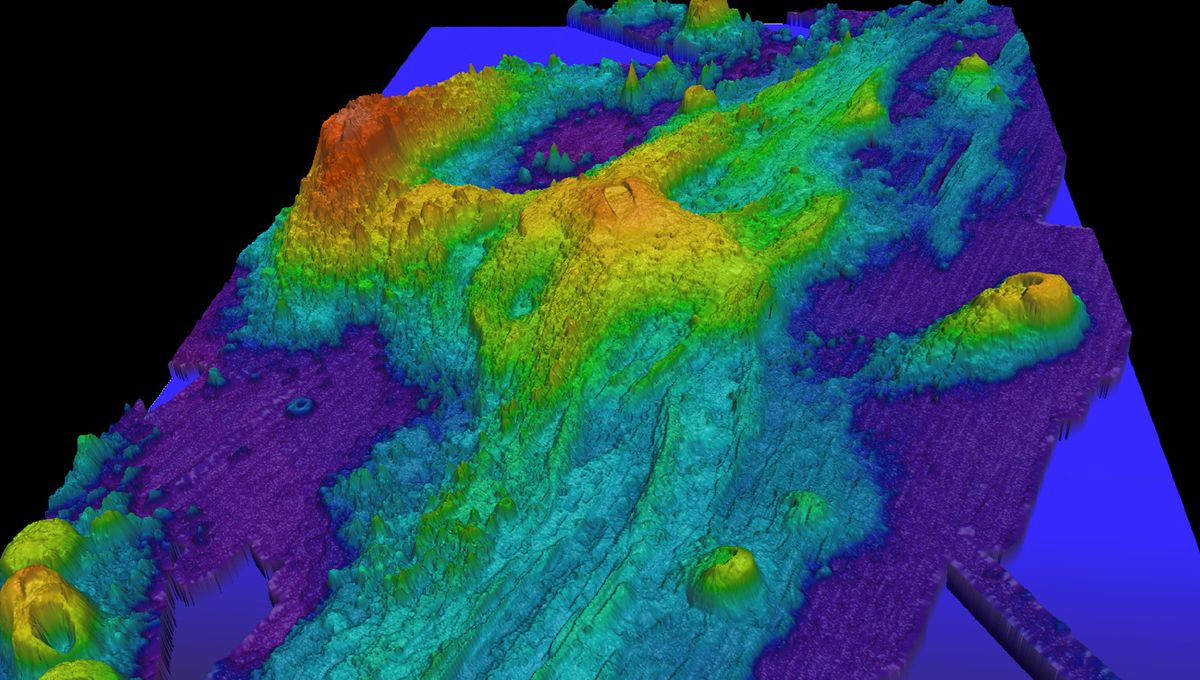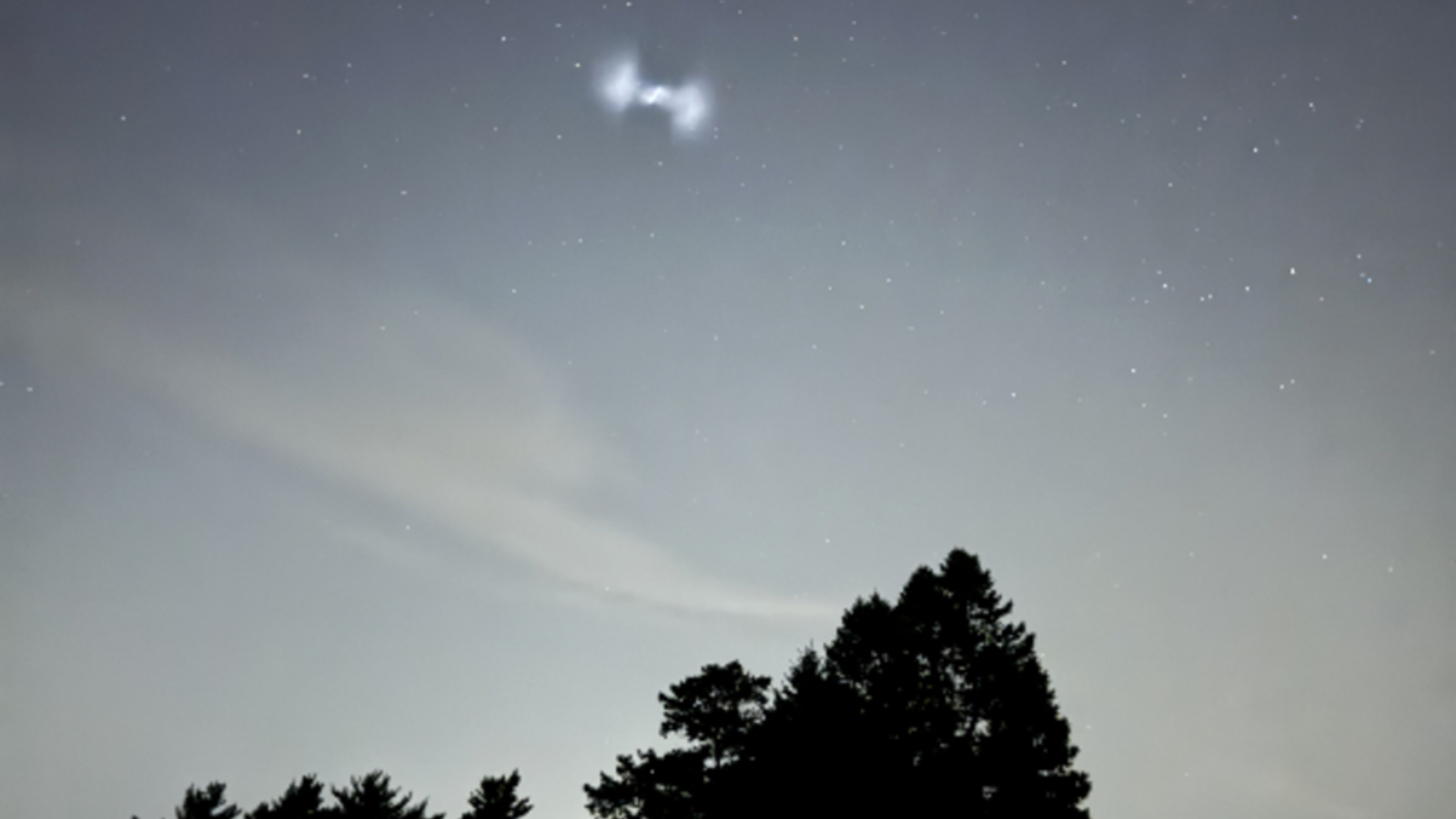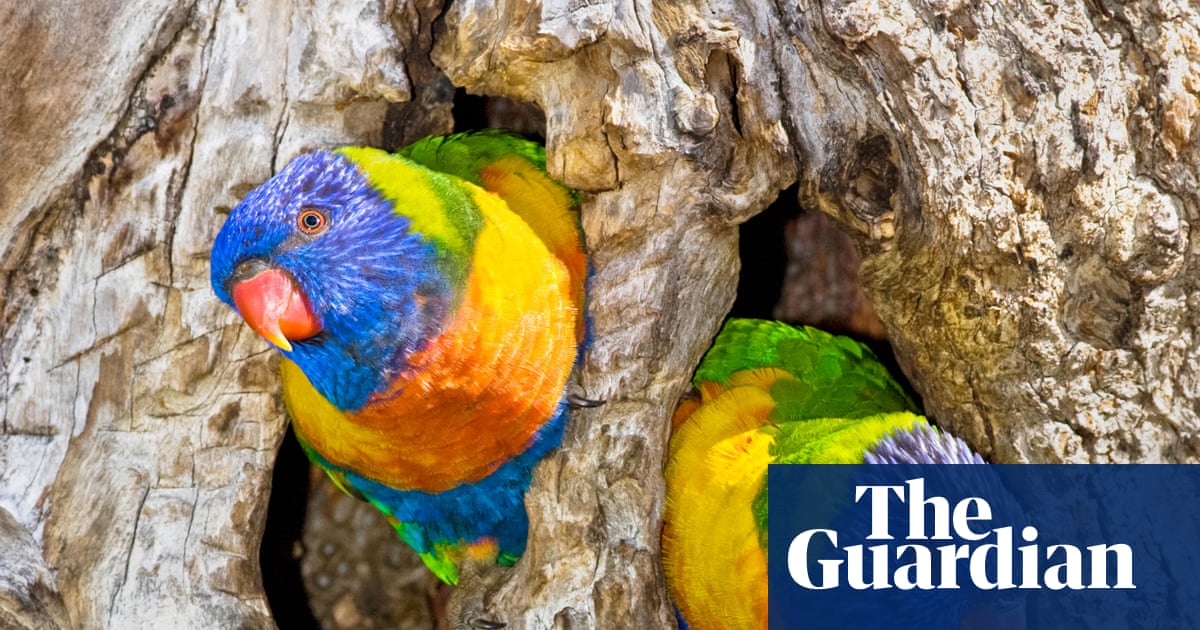Is a Volcano About to Rewrite the Story of Life on Earth? The Shocking Truth About Axial Seamount!

What if I told you that a volcano lurking beneath the waves could hold the answers to how life on Earth began? As it turns out, this isn’t just a scene from a sci-fi movie; it’s happening right now at the Axial Seamount, a submarine volcano off the coast of the Pacific Northwest poised for a potentially major eruption in 2025.
Located around 480 kilometers (300 miles) west of Cannon Beach, Oregon, Axial Seamount lies at the precarious boundary of the Juan de Fuca plate and the larger Pacific Plate. This region is notorious for its volcanic activity, making Axial Seamount the most active submarine volcano in the northeast Pacific, with previous eruptions recorded in 1998, 2011, and 2015. It’s a hotspot for geological phenomena, and now, scientists are gearing up for another event that could be monumental in understanding both the evolution of life and the threats posed by deep-sea mining.
As of late 2024, the volcano has shown signs of awakening. Scientists have reported that its inner chambers are swelling, much like a balloon about to burst. With all signs pointing towards an eruption later this year, the scientific community is buzzing with excitement—and a bit of anxiety.
Dr. Rika Anderson, an associate professor at Carleton College, emphasizes just how unique this situation is. She states, “I don’t know of any other place, especially under the ocean, where we have such close monitoring going on.” The Axial Seamount is equipped with a sprawling network of sensors, cameras, and instruments, connecting to a fiber optic cable that stretches from Newport, Oregon, all the way to the seafloor. This setup provides continuous data, allowing researchers to keep a close watch on the volcano’s activity.
Dr. Anderson explains the importance of this research, saying, “We think that hydrothermal vents were a likely site for the earliest steps of the origin of life.” These vents, filled with minerals like iron and sulfur, could have been the cradle for the first microbial life forms. The upcoming eruption could not only shed light on these early ecosystems but also reveal how they recover after a major disruption, providing a natural experiment in resilience.
But there’s a darker side to this volcanic tale. The deep-sea lies under threat from mining companies eager to dredge the ocean floor for lithium and other battery metals needed for the green revolution. Anderson argues, “We’re also disturbing these deep-sea environments through mining,” which raises questions about how these ecosystems will respond to both natural eruptions and human intervention.
Yet, the potential eruption isn’t without its risks. While the eruption itself poses no danger to humans on land, the lava and debris could wreak havoc on the scientific instruments studying these phenomena. Dr. Anderson voices a crucial concern: “If the eruption does happen, we don’t know how well we’ll be able to continue the project afterwards, if things are destroyed.” Recent financial cuts to the National Science Foundation and the Ocean Observatory Institute complicate matters further, leaving the future of ongoing research in jeopardy.
In these uncertain times, the questions loom large: Will the eruption unveil secrets of life’s origins? Or will it cost us vital knowledge that may never be recovered? Only time will tell, as the world watches this underwater volcano prepare to erupt.























